Plans for redevelopment call for walkable, multi-use spaces as double-track project’s impact takes shape
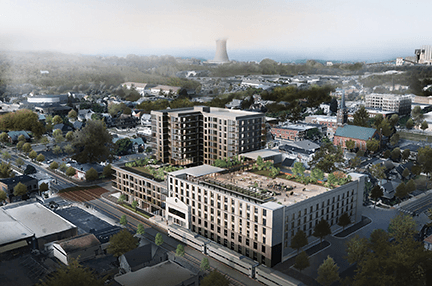
From downtown Hammond to Michigan City, Northwest Indiana is certainly seeing a boom in development and construction.
The seeds that are being planted now could have a tremendous impact on how the Region looks in the next decade or two — especially in downtown areas of cities and towns that had been on the decline for decades.
The Double Track Northwest Indiana project is a big driver of those changes.
“The double track is a game-changer that will make us become a suburb of Chicago in the future,” said Clarence Hulse, executive director of the Michigan City Economic Development Corp.
Hulse said the goal is to appeal to visitors from Chicago or Southeast Michigan who might one day want to live in Michigan City.
Many Northwest Indiana towns are poised to benefit from the almost $1 billion Double Track Northwest Indiana project, which will add a second rail line along a 17-mile stretch between Michigan City and Gary. The project will reduce travel times from Northwest Indiana to downtown Chicago.
It’s one of the largest economic development projects in the history of Indiana.

The possibilities are attracting companies that want to be part of the boom.
“We’re seeing a positive business climate all throughout Northwest Indiana, which is why we’re looking to expand our footprint,” says Gregory Monberg, director of architecture and a trustee on the board of directors for Wightman, a full-service consulting firm serving Southwest Michigan and Northern Indiana.
Just a short walk
Wightman has a history of assisting communities in developing and enhancing their downtown areas. For example, the firm developed the master plan for Cassopolis, Michigan, just north of South Bend.
“We developed a whole series of projects for them, partly business, party recreational and partly through government,” Monberg said. The project included a new town hall and police station.
The company also promotes walkable communities, which the National Association of Realtors report are popular with Americans who said the design style fosters a better quality of life.
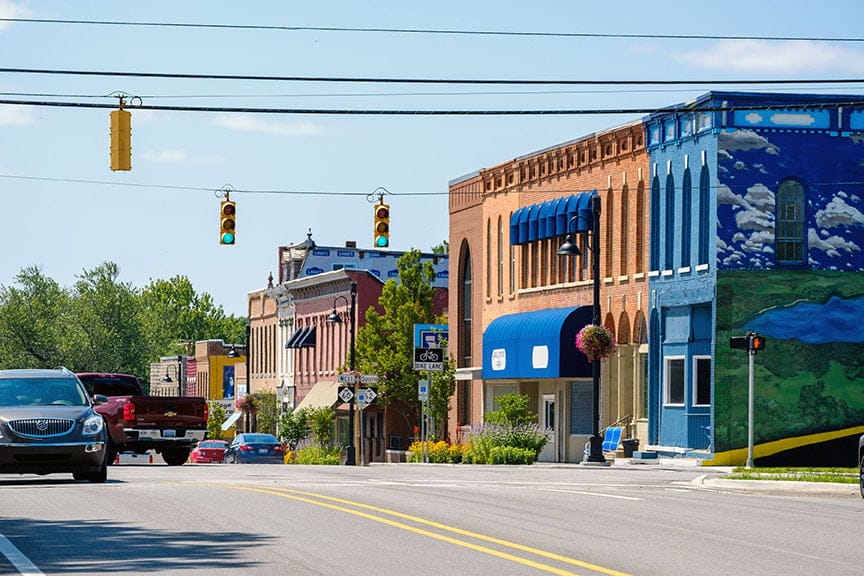
“We also redeveloped their main streetscape and made it more walkable, more friendly and more business friendly,” Monberg said. “We did everything from improving parking and access to creating bike lanes to creating outdoor seating areas that really enhance the downtown appearance.”
Wightman has worked on several projects with Horizon Bank, Indiana Michigan Power Co. and NIPSCO. It also has clients in education, including Bishop Noll Institute in Hammond and Charter School of the Dunes in Gary.
Monberg says Wightman engages with the Congress for the New Urbanism, a nonprofit organization based in Washington, D.C., when working with communities.
The CNU champions walkable urbanism while providing resources, education and technical assistance to create what it calls “people-centered places” that are “socially just, economically robust and environmentally resilient.”
The organization has a mission to advance three key goals: diversifying neighborhoods, designing for climate change and making places more walkable.
“Those principles are very much focused on things like walkability of a downtown,” Monberg said. “Mixing uses so that they’re not zoned as a single use where you can have both retail, living space and governmental services all within the same walkable area.”
Although not projects of Wightman, Monberg says he sees the influence of the CNU in the redevelopment of the downtown areas of Hammond and Michigan City. The CNU noted on its website that Hammond’s downtown master plan “could reposition the city for the future.”
“I’m really encouraged by things like street improvements and improved parking, while building three new train stations to increase urban density in those areas and having mixed use within walkable distances of those train stations,” said Monberg, who is a native of Hammond but now lives in Michigan City.
Residential goals
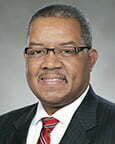
No one is more excited about the future of Michigan City than Hulse.
“Our role is to market the city, advocate for being business-friendly to make sure people know what’s happening within the city and also kind of being the evangelism ambassadors on the city’s behalf,” Hulse said.
Work to make downtown Michigan City more appealing has been an ongoing effort for more than a decade, Hulse said.
“I always tell people that it didn’t start last year,” Hulse said. “It’s been probably a good 10 to 15 years of slowly plugging forward.”
Hulse said the city tries to encourage more people to come downtown through its Uptown Arts District.
“People who are more artist friendly want to see more artists downtown. So, you’ll see a lot of the facade designed for art. You’ll see paintings on the walls. We have a lot of art studios downtown. That’s what has been our base, the artists,” Hulse said. “With that, we’ve been able to attract over 20 new restaurants in the past seven years.”
But now, the goal is to attract more people to live in downtown Michigan City.
That’s where the double-track project comes in and is so important in realizing new downtowns in Hammond and Michigan City.

Of the $650 million in federal money coming to Northwest Indiana for the project, about $125 million will be spent in Michigan City alone, Hulse said.
“We have leveraged that to bring an additional billion dollars in the pipeline of development in the future,” Hulse said.
There’s also the $80 million project to build 200 upscale apartments in a 12-story residential tower built over a new central train station and parking garage downtown. The project’s working title is “11th Street Central.”
And there’s also plans for two new hotels and 150 condos on the waterfront.
“We’re currently looking at roughly about a thousand apartment units in the next five years in downtown, which has been kind of the missing part of having a complete downtown,” Hulse said. “We’ve had restaurants, an art district, and we’re trying to increase the number of residents who will live, work and play in the downtown.”
Several other projects in the next decade will continue to drive development in Michigan City. Hulse predicts the city could attract up to 10,000 new residents in the next decade.
“These are exciting times in Michigan City for the future development,” Hulse said. “There’s never been a (better) time to be in Michigan City.”
The Vibrant Michigan City initiative offers a playbook for growth. The city partnered with the Brookings Institute and Local Initiative Support Services to develop the guide for equitable development.
“We encourage investors, people who want to move to Michigan City, companies, because we want to see them be part of something both transformational and a model for future development,” Hulse said.
Investment realities

Just as Hulse has high hopes for Michigan City, so does Sherri Ziller for the entire Region. As president and CEO of the Northwest Indiana Regional Development Authority, she is tasked with implementing a strategic growth plan that positions the RDA as leader of regional development.
In 2016, the RDA pushed the state of Indiana to invest in the rail projects in Northwest Indiana to spur economic development.
“We demonstrated to the legislature that those rail projects would bring an estimated $2.7 billion in development over the next 20 years,” Ziller said. “They liked the $2.7 billion part, but they wanted to speed up the pace of that return on investment.”
Last year, the RDA created seven Transit Development Districts: Munster/Dyer Main Street boundary; Munster Ridge Road boundary; the Hammond Gateway Downtown boundary; the East Chicago boundary, the Gary Miller boundary, the Portage/Ogden Dunes boundary; and the Michigan City boundary.
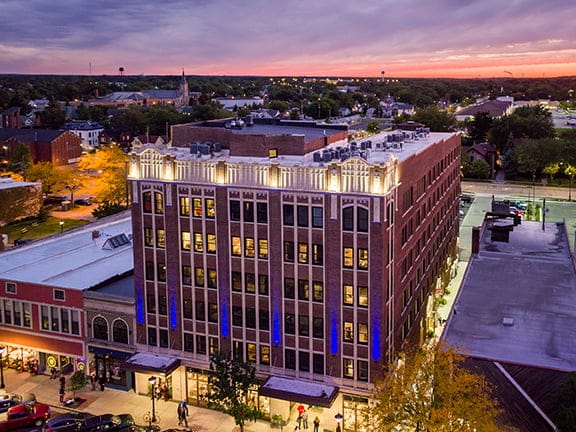
“What those districts are designed to do is to incentivize and promote development around our existing and new South Shore stations,” Ziller said. “The big drivers of the changing downtowns in Northwest Indiana are the double-track and the Westlake projects. These projects are going to be extremely transformative.”
Ziller said that between Michigan City and Hammond alone, up to $400 million of the RDA’s original $2.7 billion in development is earmarked for projects.
In fact, Ziller said, so many projects have been proposed that the communities have the luxury of picking and choosing what they want.
“They are turning away the development that they don’t want to see,” Ziller said. “So now, they are able to get that quality, high-level development, whatever that may be — it’s different for all of our communities.”
Ziller said each community has its own distinctive ideas.
“What Hammond wants is going to be a lot different from what Portage may want,” Ziller said. “They all have something different to offer.”
But, she said, it’s important for the RDA to be “part of the conversation.”
“One of the RDA’s main goals is that return on investment,” she said. “When we’re looking at these deals, we want to make sure that our communities are aware of the overall goal we have for Northwest Indiana.”
That goal means benefits for more than just the Region.
“We want to make sure that we’re implementing our best practices and procedures to make sure that it’s a success for everyone involved: our communities, Northwest Indiana, the state of Indiana,” she said.
Mixing old with new

Turning a project from idea to reality is a process familiar to Michigan City-based Tonn and Blank Construction. The firm has been doing business since 1922.
The company’s projects can be seen all throughout Northwest Indiana, from industrial, commercial and higher education to municipalities and even religious institutions.
The firm remodeled the century-old La Porte County Courthouse in Michigan City and revitalized a building that is now home to the Artspace Uptown Artist Lofts in Michigan City.
Jon Gilmore, president and CEO, says remodeling an older building can be tricky.
“It’s blending the old with the new,” he said. “The design needs to blend in.”
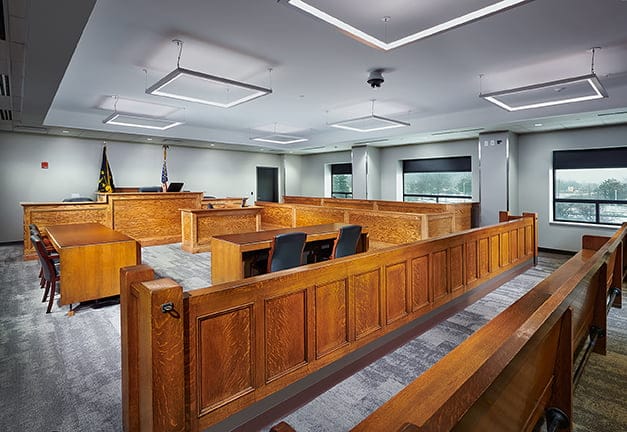
He said the courthouse project included an addition that almost doubled its size.
“We did it in such a way that you now have a modern facility with all the technology, but it still fits in,” Gilmore said. “It doesn’t look like a spaceship that landed next to an old building.”
The Porter County Courthouse is another example of a building that was showing its age. At 135 years old, the building underwent a multi-million makeover that finished in 2020. And the former Bank Calumet in Hammond is being transformed into a mixed-use development.
But, Gilmore said, sometimes a proposed project just isn’t feasible.
“We pride ourselves on putting the project first and the owner first,” Gilmore said. “And even if the project dies because of the cost or the complexity, we’re just honest with the customers up front and tell them exactly the way it is and how it’s going to work. We’ve been very successful in doing that.”
Gilmore is pragmatic about the future of Northwest Indiana with the double-track project.
“I would say it will be five to 10 years before we see major changes,” Gilmore said. “The tracks need to get put in, then we’ll start to see the landscape change with that. It’s not going to be next year.”
But Gilmore agrees that the double-track project for his hometown of Michigan City is “a game-changer.”
“I don’t know how it can’t be?” he said. “It’s a game-changer especially for Michigan City because the city has lagged behind a bit, and this is going to catch them up real quick.”
Read more stories from the current issue of Northwest Indiana Business Magazine.

